Years of service 1912–1942 Name Clarence Tinker | Rank Major General | |
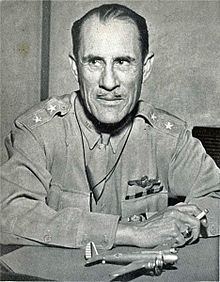 | ||
Buried at His body was never recovered. Allegiance United States of America Died June 7, 1942, Midway Atoll, United States Education Haskell Indian Nations University, Wentworth Military Academy and College Commands held 17th Training Group, 7th Operations Group, 27th Special Operations Group, Seventh Air Force | ||
Major General Clarence Leonard Tinker (21 November 1887 – 7 June 1942) (Osage) was a career United States Army officer, the highest ranking Native-American officer and the first to reach that rank. During World War II, he had been assigned as Commander of the Seventh Air Force in Hawaii to reorganize the air defenses.
Contents
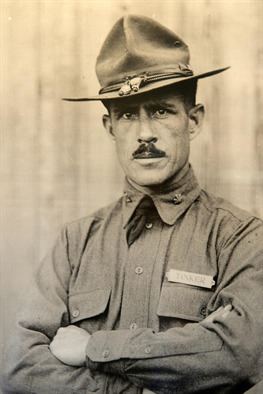
He flew to lead a force during the Battle of Midway in June 1942; his plane went out of control and was lost in the ocean. He was the first general to be killed in the war. Tinker Air Force Base in Oklahoma City, Oklahoma is named in his honor.
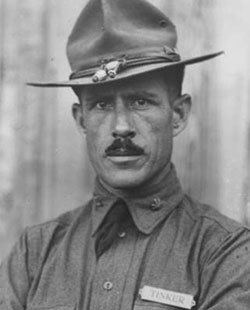
Early life
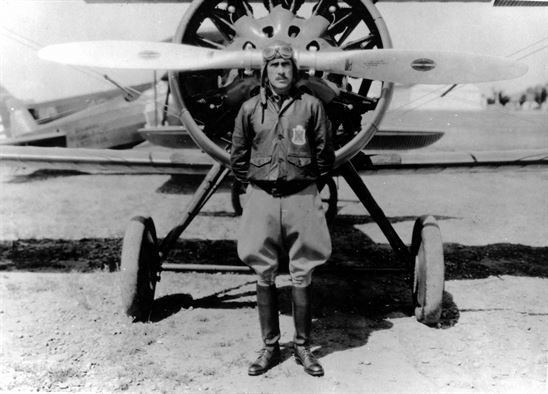
Clarence Tinker was born on November 21, 1887 near Pawhuska, Oklahoma in the Osage Nation, the eldest son of George Edward Tinker and Sarah A. (Schwagerte) Tinker. He was raised as an Osage and learned the language and culture from his parents and extended family. His maternal grandmother was half-Osage; both her parents were mixed-race Osage. They had Osage mothers and fathers who were Acadian French traders from Louisiana.
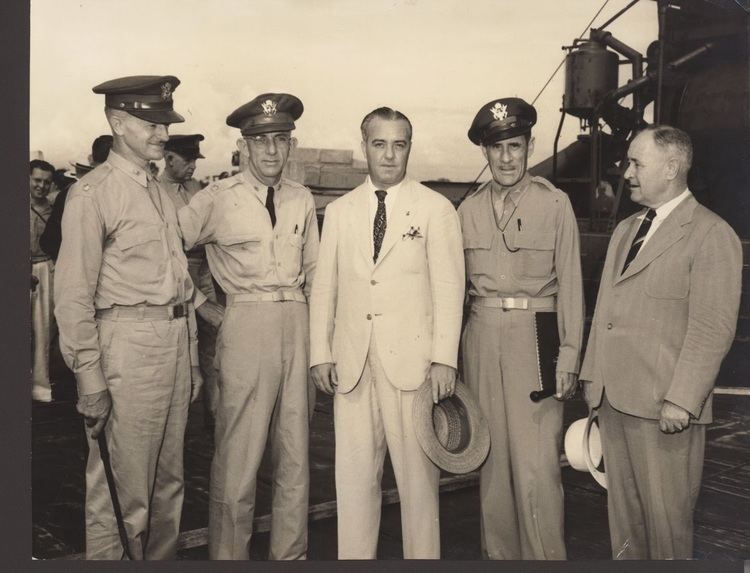
Tinker received his elementary education in Catholic schools at Hominy and Pawhuska, Oklahoma, and at the Elgin, Kansas public school. Tinker and his friends learned about and idolized the 19th-century Osage Indian scouts who served with the U.S. cavalry, as well as Bonnycastle. This chief of the Osage served with US forces during the "Chinese Boxer Rebellion, according to Dr. James Crowder in his book, Osage General: Maj. Gen. Clarence L. Tinker."
While growing up, Clarence worked in the print shop of his father's newspaper, the Wah-Sha-She News. It was founded by his father and was one of Pawhuska's first weekly newspapers. Beginning in 1900, Tinker attended the Haskell Institute, the famous Indian school in Lawrence, Kansas, but withdrew before graduating.
In the fall of 1906, Tinker enrolled at Wentworth Military Academy in Lexington, Missouri. Upon graduating from Wentworth in 1908, Tinker was commissioned a third lieutenant in the Philippine Constabulary, serving until 1912.
Army career
Tinker received his commission as a lieutenant in the U.S. Army infantry in March 1912. After infantry training, Tinker joined the Twenty-fifth Infantry Regiment at Fort George Wright in Spokane, Washington. In 1913, his unit was transferred to Schofield Barracks in Hawaii. There he met and married Madeline Doyle, a native of Halifax, Nova Scotia. During World War I, Tinker served in the southwestern United States and California, and was promoted to major.
In 1919, Tinker began flying lessons. One of his assignments after the war was with the ROTC at Riverside High School in California. When his father came to visit him at the school, they began a conversation in Osage in public. Using his native language was one way that Tinker expressed his identity as Osage.
In 1922, he transferred to the Army Air Service. On July 1, 1922, he was assigned to flight duty. For a time, Tinker served as the air attache to the US embassy in London. He studied at the Army Command and Staff College in the same class as Dwight D. Eisenhower.
In 1927, he was named Commandant of the Air Service Advanced Flying School at Kelly Field, Texas. Tinker commanded various pursuit and bomber units during the 1930s. He was steadily promoted, and on October 1, 1940, became a brigadier general.
After the Japanese attack on Pearl Harbor, Tinker was named Commander of the Seventh Air Force in Hawaii to reorganize the air defenses of the islands. He believed that the Air Force was going to be critical to the entire war, and that Japan would eventually be defeated through a long-strike effort by air. In January 1942, he was promoted to major general, the first Native American in U.S. Army history to attain that rank.
In June 1942, the Japanese began their assault of Midway Island. In the midst of the Battle of Midway, on June 7, General Tinker decided to lead a force of early model B-24s of the 31st Bombardment Squadron against the retreating Japanese naval forces. Near Midway Island, his plane was seen to go out of control and plunge into the sea. General Tinker and ten other crewmen perished. The plane and bodies were never recovered. General Tinker's son was also lost at sea, while in a dogfight with German planes in 1944
